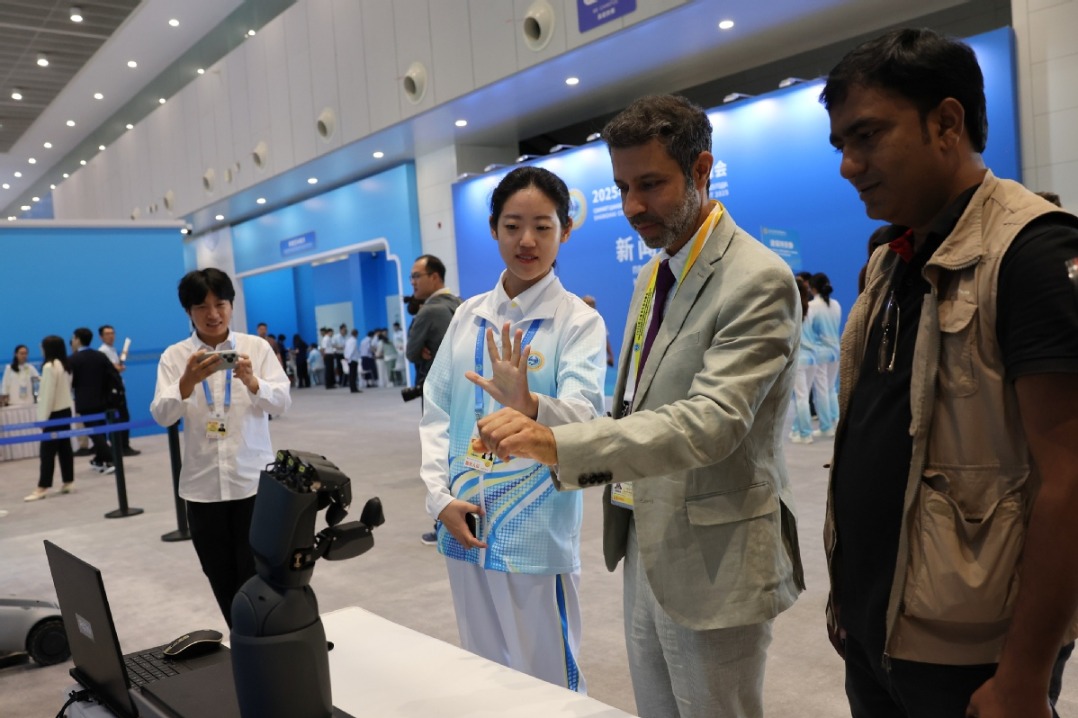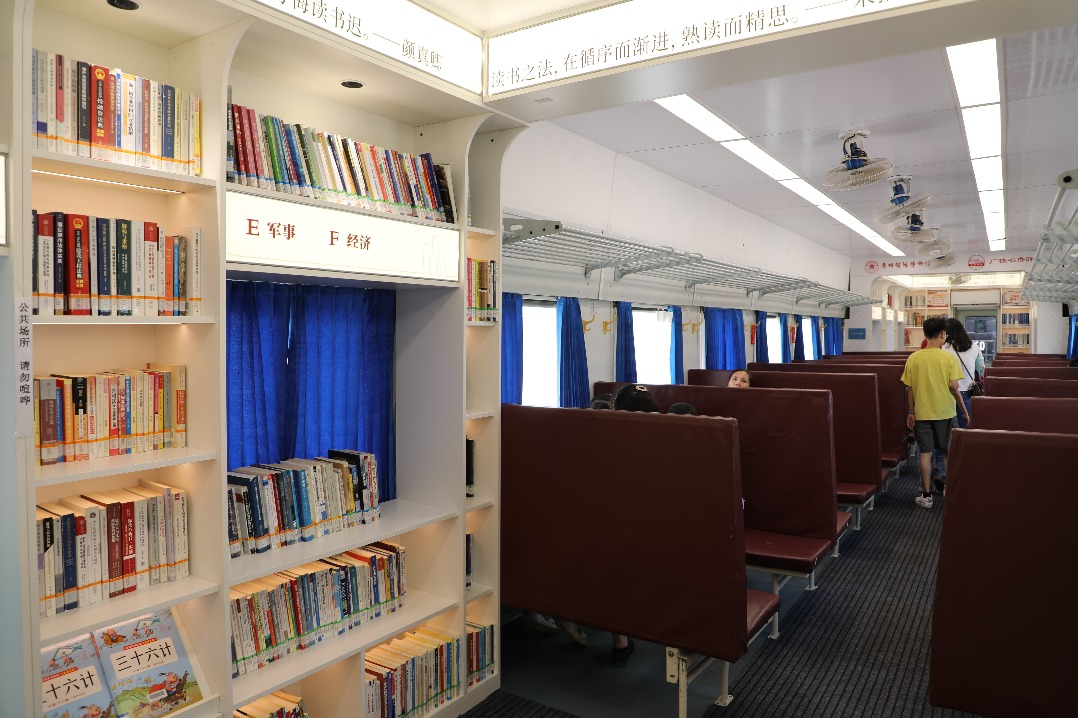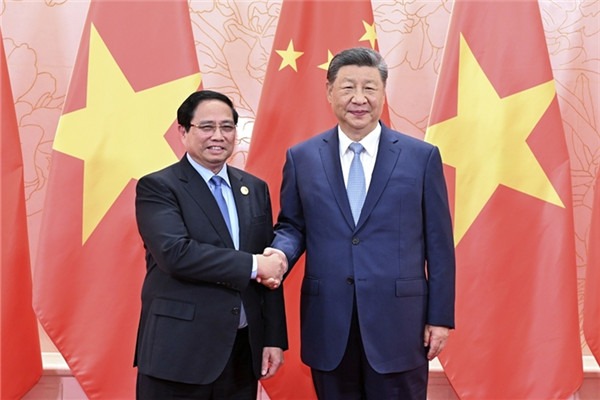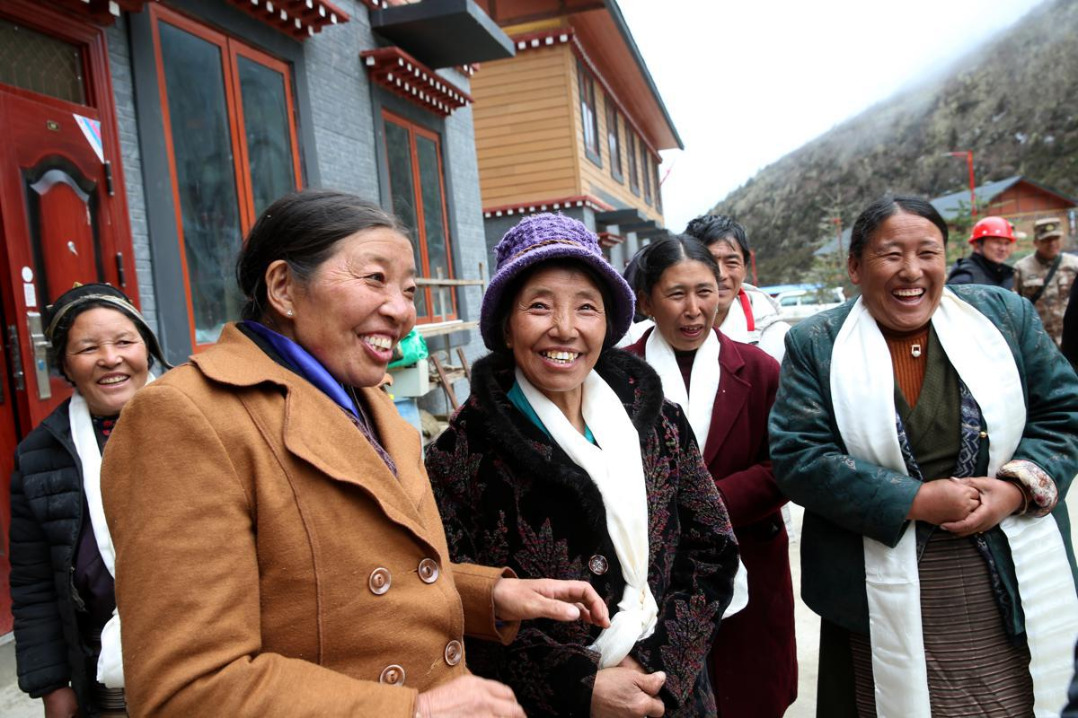Xinjiang's cotton irrigation technologies contribute to Central Asia's sustainable development

URUMQI -- When it comes to Central Asia, people will think of many colors: the yellow of vast deserts, the black of rich oil reserves, and the white of cotton fields.
Particularly in Uzbekistan, at the heart of the region, cotton is often referred to as "white gold." Cotton is the natural national wealth of the country, and today it has become a symbol of friendship, marking the scientific cooperation between China and Central Asian countries, as well as their shared commitment to sustainable development.
In the suburbs of Tashkent, the capital of Uzbekistan, cotton fields stretch to the horizon. Among them lies a demonstration site for water-saving drip irrigation technology, covering an area of approximately five hectares. It was established in 2012 through collaborative efforts between the Xinjiang Institute of Ecology and Geography, under the Chinese Academy of Sciences, and a research institution in Uzbekistan.
The technology involves a thin plastic sheet covering the soil, with small hoses positioned underneath. When researchers open a tap, water drips slowly from the hose right to the cotton roots. The plastic sheet keeps the water from evaporating and warms the soil.
According to Li Yaoming, director of the Research Center for Green Development of the Silk Road, affiliated with the Xinjiang Institute, Chinese technology has resulted in a two- to threefold increase in cotton yield and achieved water savings exceeding 50 percent compared to traditional irrigation methods.
"When we scientists promoted the drip irrigation technology in Uzbekistan over 10 years ago, local farmers did not believe us. However, after witnessing the successful outcomes of the demonstration site, several Central Asian institutions and government departments came to us seeking cooperation," Li said.
Since 2018, Uzbekistan's officials have conducted on-site yield assessments of the demonstration site, finding that both crop yield and water use efficiency have shown substantial improvements over traditional practices.
Uzbekistan plans to establish 2 million hectares of highly efficient, water-saving cotton fields nationwide. If China's water-saving technologies are fully implemented, the country is expected to save 8 to 10 billion cubic meters of agricultural water annually. A portion of this water surplus, when redirected into the Aral Sea, can effectively mitigate salt dust storms and improve the regional ecological environment, Li told Xinhua.
The drip irrigation technology is an example of China's contributions to agricultural practices in Central Asian countries. Many Xinjiang-oriented innovations, such as monitoring and early warning systems for wheat droughts and pest disasters, saline-alkali land remediation, and measures for desertification control, have been applied in countries like Kazakhstan, Kyrgyzstan and Tajikistan.
These approaches are rooted in China's extensive experience in advancing sustainable development. Northwest China's Xinjiang Uygur Autonomous Region and the Central Asian countries are all located within the world's typical temperate desert zones, marked by arid climates and fragile ecosystems. Climate change and human pressures confront the region with a shared set of challenges: shrinking water resources, receding glaciers, rising temperatures, land degradation and biodiversity loss.
Water resources and the ecological environment serve as the foundation for sustaining development in the region, scientists noted.
Agriculture in both Xinjiang and Central Asian countries largely relies on irrigation, but traditional flood irrigation methods often waste precious water resources. Climate change is further intensifying this challenge. Li said that temperatures in the region are rising more rapidly than the global average, glaciers are retreating at an alarming rate, and extreme weather events are becoming increasingly common.
Under the guidance of China's unified national strategy, Xinjiang has made significant progress in water-saving agriculture, particularly through the widespread use of drip irrigation. At the same time, it has prioritized the restoration of oasis farming and the revitalization of inland rivers.
"Our cooperation dates back to the 1990s, and since 2010, we have witnessed the launch of many large-scale projects," Li said. Nearly thirty research institutes based in Xinjiang have participated in ecological surveys, environmental protection, and regional ecological security efforts throughout Central Asia. Over the years, Xinjiang scientists have repeatedly crossed borders, overcoming language barriers to introduce new technologies, equipment and plant varieties to the region.
By collaborating with scientists from Central Asia, they have translated research findings into practical solutions, aiming to enhance the shared ecosystems.
Li noted that ecosystems go beyond borders. "Protecting our planet is a shared responsibility of humanity."
And it is a two-way cooperation.
While Chinese researchers share their expertise with Central Asia, they also gain opportunities in a broader and more complex environment to test and improve their technologies. Field trials in these regions generate data and insights that also help accelerate technological development and further innovation.
The benefits not only improve science but also include the strategic trust, and new forms of collaboration, Li said.
The year 2025 has been designated the "Shanghai Cooperation Organization (SCO) Year of Sustainable Development." As partners within the SCO, China and the SCO member states in Central Asia are actively expanding their scientific and technological cooperation for sustainability.
Qiao Jianfang, head of the Xinjiang Institute's international cooperation office, shared that the planned collaborative projects will be enhanced by utilizing remote sensing, big data, and photovoltaic technologies.
Talent development is another key priority. "We have trained 97 master's and doctoral candidates from Central Asia," said Qiao, adding that the number will continue to grow.
- Xinjiang's cotton irrigation technologies contribute to Central Asia's sustainable development
- Greater collaboration in AI high on agenda
- China's nanotechnology patents top the world: white paper
- Kyrgyzstan, China deepening strategic partnership in a new era
- SCO Summit: A shared vision for trust, equality and prosperity
- Policy support lifts economic confidence





































